Last week Anna and I stumbled into a vintage clothing shop while we were walking around town. It piqued our interested because vintage and throwback clothing has been a huge part of my wardrobe since high school before it grew into an obsession in college — well, it was part obsession, part necessity… interning full-time at a church while going to school wasn’t exactly investment banker money, so I invested time instead of money to find really cool pieces for very little cost.
Anyways, in that vintage shop we found a handful of vintage Tommy and Polo button down shirts that we thought were worth picking up, but the cost ($30–40) was just enough to keep us away — part of me felt silly spending near-retail price on something I could find in a Goodwill down the road. After all, I spent many weekends in college on that exact kind of hunt.
We almost walked out before we found an amazing, oversized NY Giants sweatshirt that was hanging on the wall. Anna spotted it and instantly had visions of herself donning our favorite team’s colors as a dress or cozying up in it on game days. When she had it her hands, we had a holy grail moment and were both prepared to buy that sweatshirt… until we saw the price tag was nearly $200.
Needless to say, we walked. The price was as oversized as the sweatshirt, so we would’ve passed even if it were in mint condition. I knew that if I just put in a little research on eBay, Etsy, or in a few local thrift stores, we could find something that was similar for 60–90% cheaper.
This sort of experience is largely due to the reality of living in the age of vintage revival — a trend that’s continuing to grow not just because of the cool factor of vintage looks, but also because it’s a more sustainable way to deal with the waste that plagues the fashion industry. In response, clothing companies are bringing vintage or vintage replicas into storefronts and online shops to charge retail price or higher for the authentic 90s look and feel.
Being someone who’s 10+ years into a vintage obsession, I’m 100% here for it. And it’s truly a smart move by them to be the brand that has all the vintage finds as long as you’re willing to pay 80–90% more for them. That said, there is still an opportunity to get those authentic, vintage looks without paying $200 on a giant, Giant’s sweatshirt.
As soon as we walked out of that vintage shop, I jumped on eBay on my phone and searched for “Vintage New York Giants Sweatshirt” and found 300 results. I filtered the results to just “Sports Memorabilia” as the category and that narrowed the results to 240. I then filtered the results down to only show men’s clothing, sized M-XXL, that were under $100. We still had 98 options to choose from that were at least in the ballpark of what we had seen in that vintage shop — and most were 1/4 the price of the sweatshirt we had just seen.
Was all of this just a flex to impress my wife with my weird and specific thrifting skills? You bet. But the point is, we had more options than that vintage store wanted us to think we had. If you start trying to convince yourself that something is one-of-a-kind so you can justify buying it for the inflated price, just double check — go to Etsy, eBay, Poshmark, or LetGo to see if that one-of-a-kind is actually four or five (or 98) of a kind.
With all of this said, I wanted to write a bit about the three key factors in trying to nail down that unique piece, that vintage look that you just don’t want to spend $150 to get, or that 90s vibe you saw in a movie that you really think you could nail in 2019.
Be specific with your search (this means knowing your stuff).
The most frustrating part about searching for something vintage online can be finding 1000 results and scrolling so much that your thumb cramps up on you. For example, if you want an oversized sweater that looks like something out of FRIENDS or Boy Meets World, then you could search for “90s Sweater” and end up on a day long scroll journey.
So how do you solve this problem? Well, search for specifically what you want. That oversized sweater, is it a cardigan or pullover? V-Neck or crewneck? Fisherman’s sweater or cable knit? Cashmere, or wool-blend? Is it a sweater that looks like something Theo Huxtable would wear? Then literally google “Theo Huxtable sweater” real quick and see if those types of sweaters have a name or descriptor you can use in your search.
For what it’s worth, you’ll find those Huxtable sweaters are generally called “Coogi” sweaters. Once you nail down the main descriptors/brands like “Coogi”, you’ll know where to start.
Your search could look something like this: “Coogi sweater cardigan cable knit”. That should bring your search results down from 1000 to under 50, which should keep your thumbs in good condition.
And it always helps to either throw in words like “vintage” or “90s” to narrow the results down further. And if you are worried that specific color you want like “Dusty Rose” or “Rust” won’t be listed on eBay as a description, give it a go anyways and see what happens. I’ve had luck landing exactly what I’ve wanted by just taking a couple of blind but specific shots at my search.
Another example are those jackets NWA wore in Straight Outta Compton. If you’re looking for something with a that kind of vintage streetwear vibe, but aren’t sure where to look, just quickly Google “Raiders jacket Ice Cube” and you’ll find that those are called “Starter Jackets”, which are a 90s vintage staple and are all over eBay. I recently found a NY Giants Starter jacket that is like new and I bought it for $40, which would’ve been twice or three times that much in a vintage store.
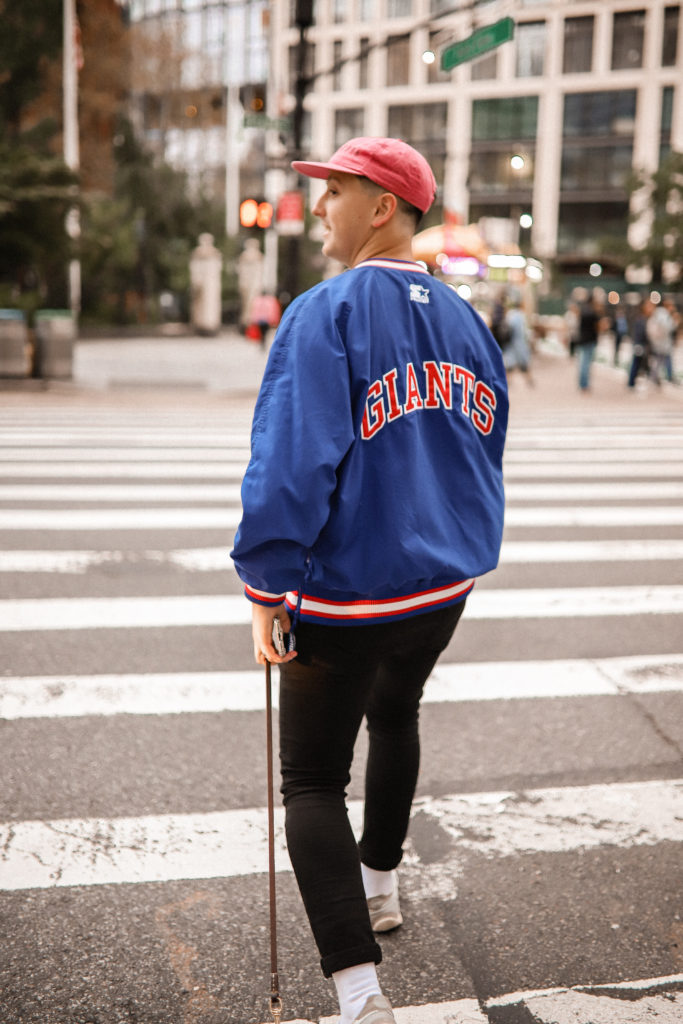
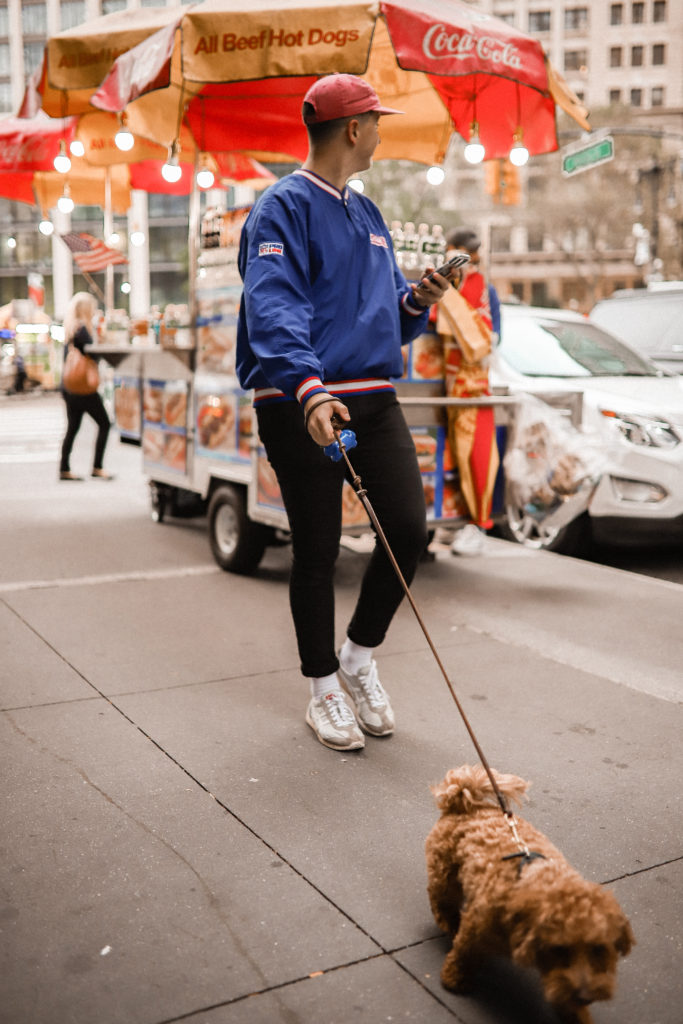
Want something that’s more true to the NWA look? Those can sometimes be labeled as “Stadium”, “Baseball”, or “Bomber” jackets. The more descriptive words like that you can use, the more likely you are to find what you need. Mine, for example, is a “pullover”, which was one of the key words I added to my search. My exact search was “Vintage Giants Pullover Starter Jacket”. From there, it was just scrolling to find the look, size, and condition I was hoping for.
I’ve also bought an obscene number of vintage hats on eBay — many that I’ve since moved on from, but a handful that I still wear now. The key with hats, like most searches, is just using the descriptive words that matter to you. Are you looking for a “dad hat”? Sometimes you’ll have luck with the “dad” descriptor, but other times you can try words like “unstructured”, “strapback” or “adjustable” to find what you’re looking for.
I enjoy the 90s, Danny Tanner driving his convertible on the Golden Gate Bridge look, so I tend to just stick to “vintage snapback _____ hat” to find what I need. Using that descriptor, I’ve landed a Real Madrid, 1996 Atlanta Olympics, Ole Miss, and New York Knicks cap, all of which I wear very regularly.
If you can find as many specifics as possible about the item you’re searching for, then you are going to find exactly what you want eventually.
Know your vintage fits.
What’s nearly as important as knowing your brands and descriptors is knowing how vintage clothes fit you. Imagine that one-of-a-kind item finally arrives in the mail, and you throw it on (before quickly throwing it in the wash) only to find out that the XL actually fits like a child’s Medium, or the Small could double as a sleeping bag.
For me, a 90s t-shirt may fit me perfectly in an XL because of years of shrinking in the wash, while a vintage button down may fit me best in a Small because the 80s and 90s was an era of weirdly large dress shirts.
It’s important to ask an online seller about the fit and measurements of an item, if they don’t already make it clear in the description. Know your measurements, how it should fit you, and you’ll avoid lots of disappointment. One time I ordered a vintage hat that I thought was perfect, until it arrived and I realized it was a “children’s, one size fits all”. I didn’t know that was a thing, but it is. If it’s not clear if somethings “Adult” or “Child” sized, or what the exact measurements are, ASK.
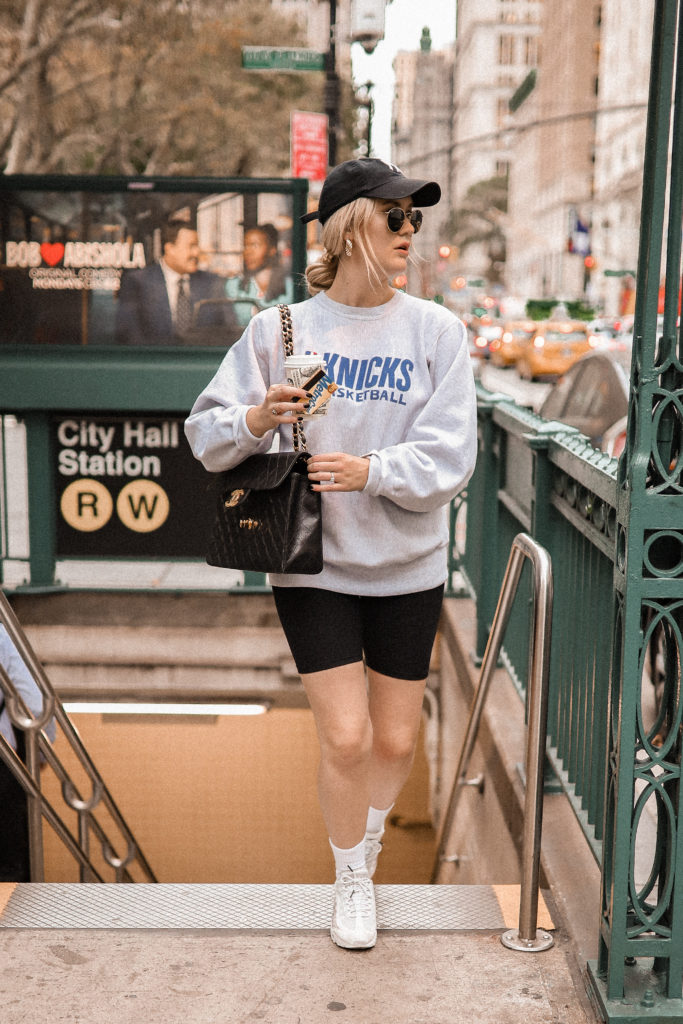
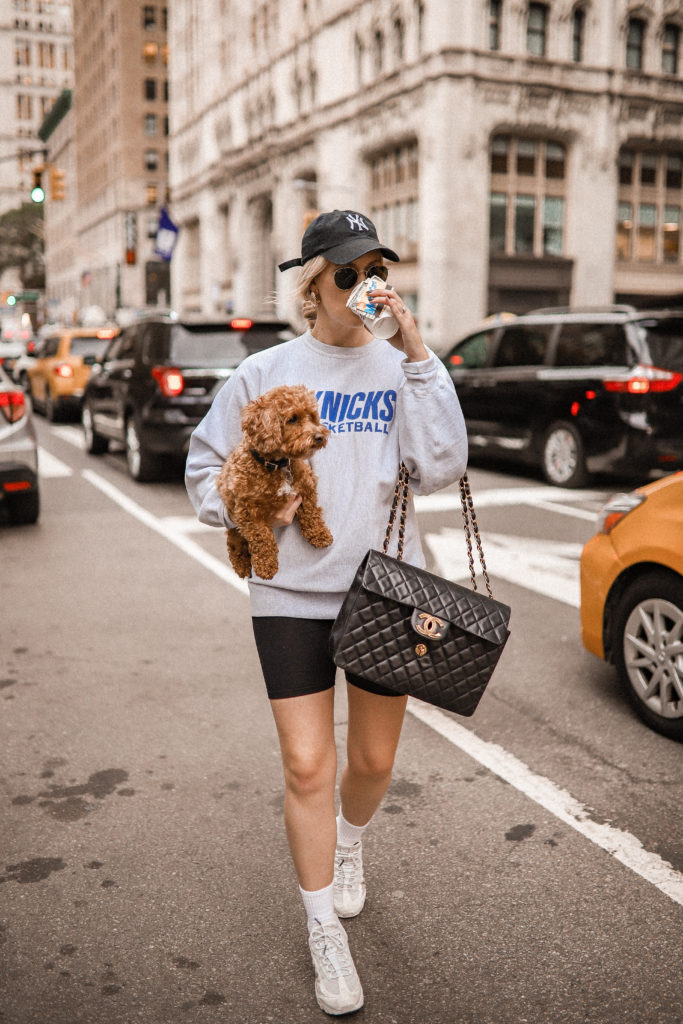
Knowing my vintage fit helped me out hugely when I was lucky enough to find the exact sweatshirt (well, not exact, but the same exact style) that Rachel Green wore in an episode of FRIENDS. It was my vintage holy grail moment, maybe the best find I’ve ever had. I stumbled across this vintage, Champion, Knicks sweatshirt (being an actual Knicks fan makes this sweeter, too), but I was nervous because it was a size XL. At this point I know that vintage sweatshirts are probably going to work best for me in a size Medium, but that can vary based on the chest and sleeve measurements.
So, I messaged the seller to ask what the chest and sleeve measurements were, and it turns out this XL fit more like a M or L in the chest, and the sleeves were longer, but not too long. So, I bought this masterpiece for $50 and have never looked back. I’ve also never found one again, and I doubt I ever will given the continued rise in both vintage reselling and FRIENDS’ popularity. Here is a similar Knicks Sweatshirt!
All of that to say, if you find the piece you’re looking for, don’t be scared off by the size. That’s why I rarely narrow down by size when I’m looking for something specific — IE, that exact sweatshirt. If the size is off my normal fit, the measurements might still work. Unfortunately, the converse is true as well, so always make sure you’re double checking before you commit to something.
Make an offer, but let them know you’re serious.
When it comes to online vintage buying, I recommend always trying to make an offer rather than buying at the list price. I typically make an initial offer that’s at least 30 % below list price, and then instantly send a separate message to the seller letting them know I want the item, I’m serious about buying, and that I am anxious to hear back from them.
You have to remember that in most situations on eBay or Etsy, you’re dealing with real life sellers, not just faceless companies, so emotion can come into play. If I make an offer that is egregiously low, they legitimately might get offended and not want to work with me on the price at all.
That second message is my way of saying “Hey, I’m not trying to low ball you here, I just want to make a deal. Let me know what you think!” It shows them you’re serious about buying, but most importantly, it should encourage them to get back to you fast with a response. This method works for me almost every time in terms of getting them to accept, decline, or counter my offer. However they respond, at least they did so quickly enough for me to keep trying, and that’s the key.
Time is of the essence with some of items. You don’t know when someone else will submit the perfect offer, so if you’re really motivated to buy, work with the seller to get a quick response so you can know where they stand and move forward with your next offer.
These three factors may seem obvious to some when searching for something unique online, but I’m hoping they help you navigate the vast ocean that is vintage online and in-store shopping. Don’t feel overwhelmed or feel like you have to trap yourself into spending way too much on an item that feels impossible to find — it almost never is, considering last year I thought I passed on a 90s Real Madrid hat that I thought I’d never find again… until I found the exact same one two weeks ago.
Find those descriptors, learn how to search for what you’re looking for, know how these pieces will fit you, and find creative ways to bring down the price, and you’ll have plenty of holy grail moments that don’t leave you feeling like you paid an oversized price for that oversized sweater.
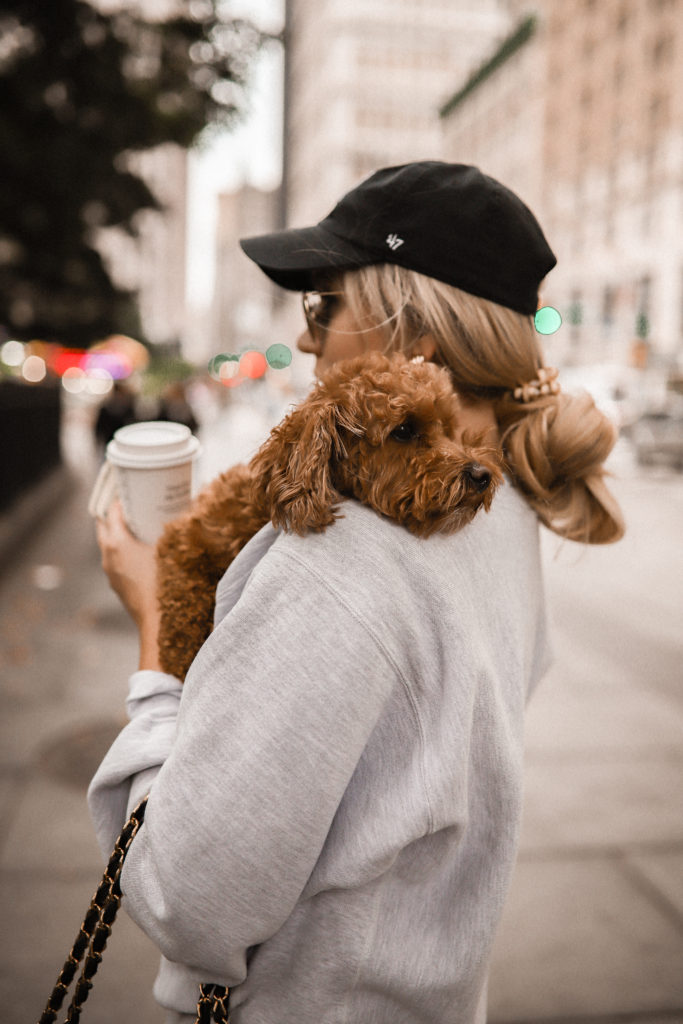
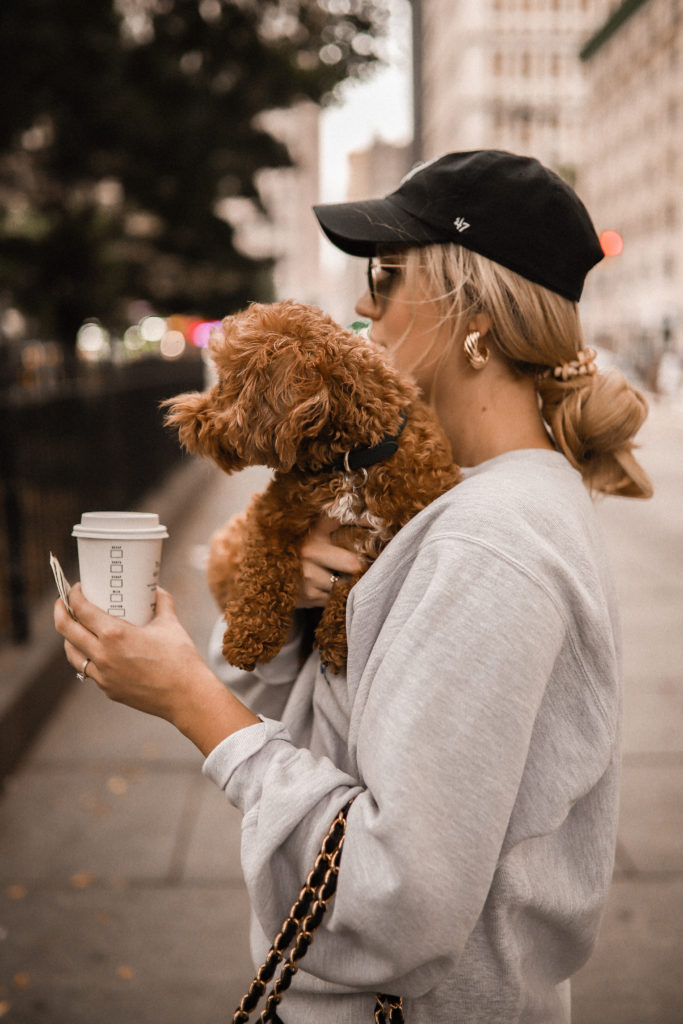


0
Comments
• leave a comment •